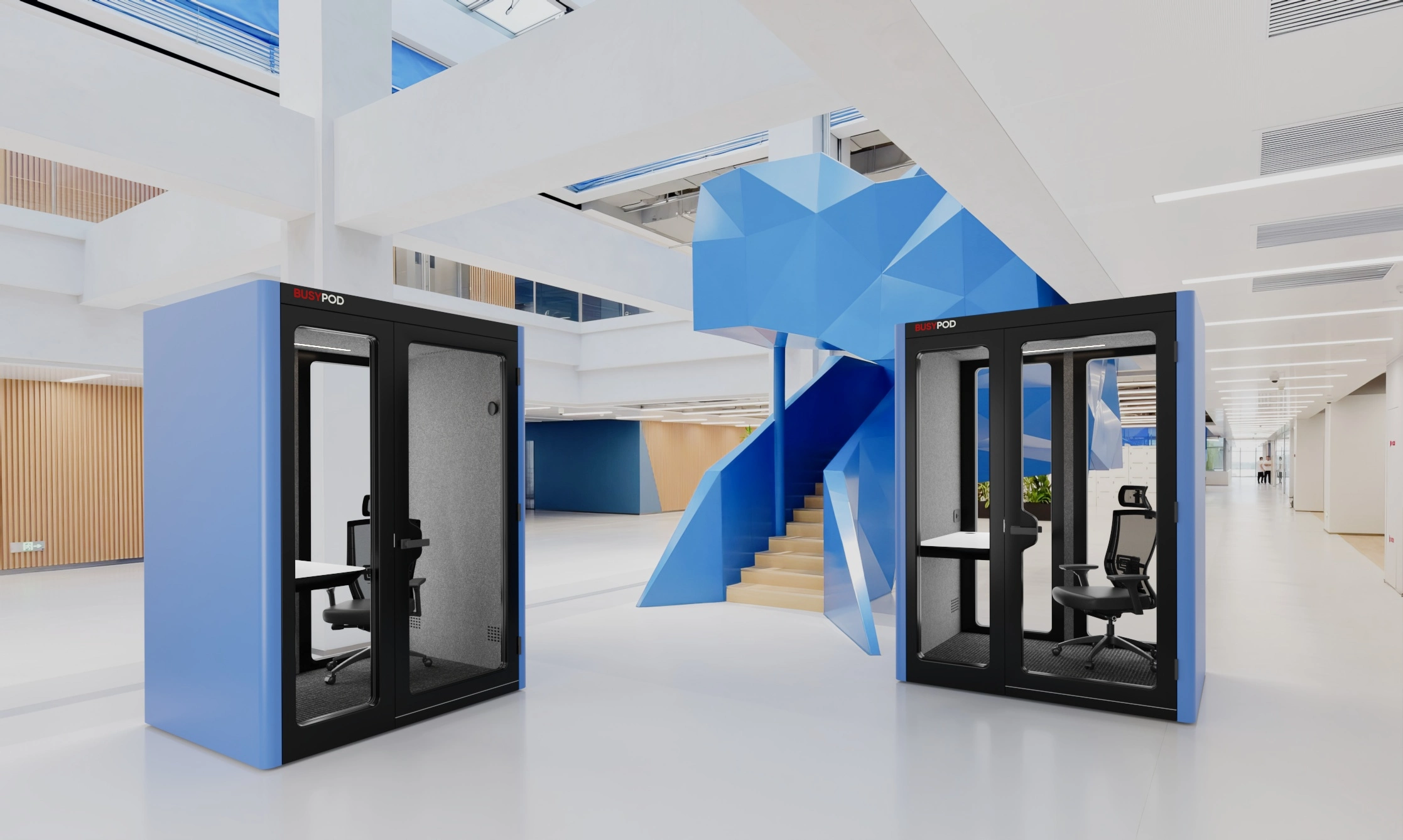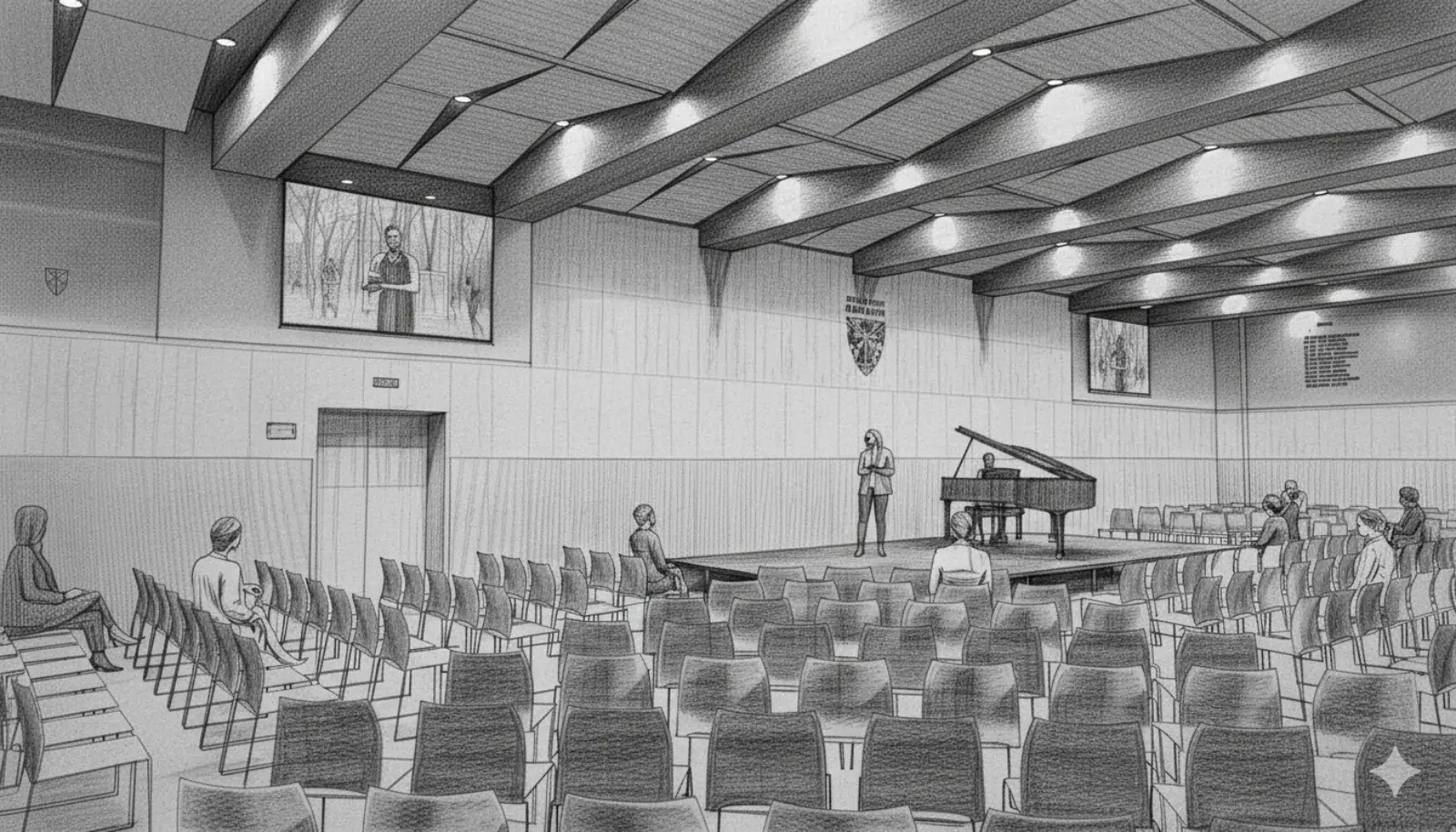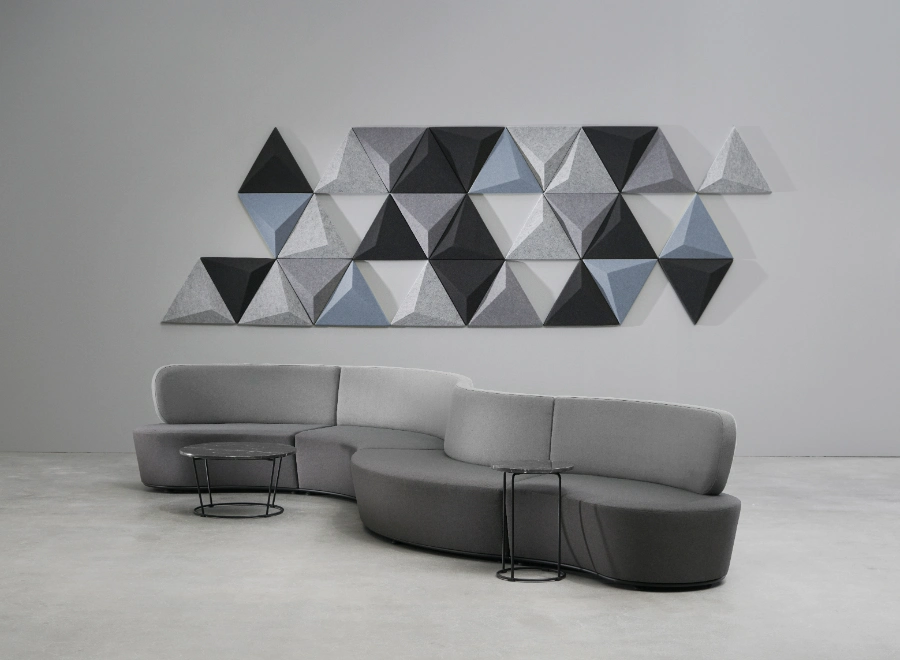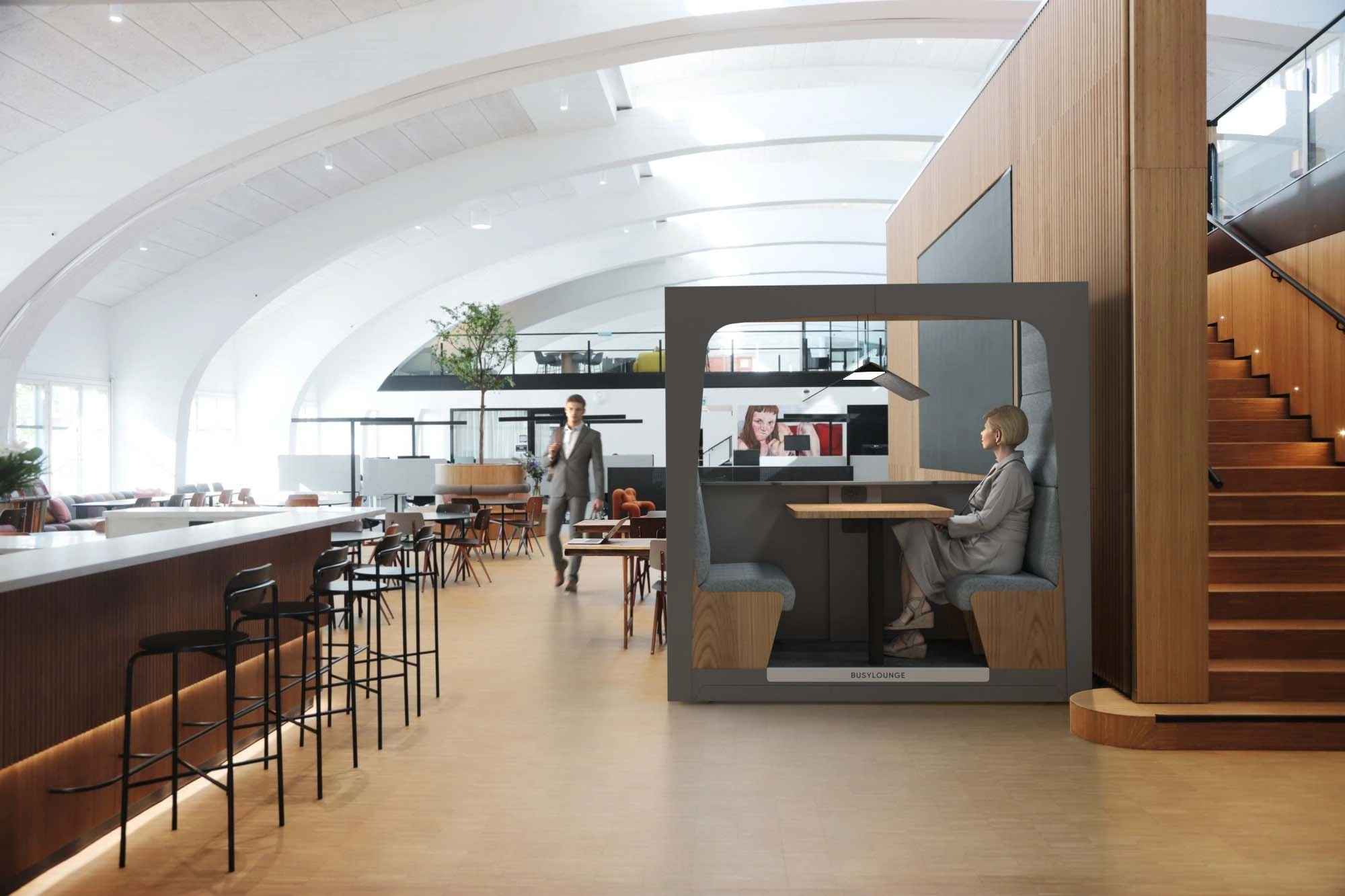Auditorium Seats–Choosing for Comfort, Acoustics & Functionality

The Role of Auditorium Seating in Performance Spaces
Auditorium seating is more than just a design element—itshapes audience experience, enhances sightlines, influences acoustics, andsupports the functionality of the space. High-quality auditorium seats aredesigned to support long-duration seating, optimize soundabsorption, and integrate seamlessly with the architectural vision. Whetherin theatres, concert halls, conference venues, or academic auditoriums,selecting the right seating solutions involves balancing ergonomics,materials, durability, and adaptability.
Optimizing auditorium seating goes beyond selectingchairs—it’s about creating an experience where comfort, acoustics, and designwork in harmony. At Acoustic Design, we understand thatevery space has unique needs, and the right seating solutions play a crucialrole in shaping performance environments.
Explore the full guide below, and for more expertinsights, subscribe to our linkedin newsletter or contactus to discuss tailored solutions for your project.
1. Balancing Comfort, Function, and Design in Auditorium Seating
Ergonomics and seating design are paramount in ensuring audience comfort over extended periods. The ISO 9241-5 standard for ergonomic requirements defines guidelines for seat dimensions, angles, and lumbar support. Many premium auditorium seats adhere to these parameters, offering:
- Seat height: Typically 450–500mm, ensuring ease of access and comfort.
- Seat depth: 450–550mm, allowing sufficient legroom while maintaining proper back support.
- Backrest inclination: Ranging from 12° to 18°, ensuring a relaxed yet engaged posture.
- Foam density: Between 50–70 kg/m³, providing both softness and durability over time.
Modern auditorium seating incorporates high-resilience foam cushions, breathable upholstery, and contoured backrests to prevent discomfort, particularly in venues with 3+ hour performances.
2. Shaping Architecture and Interior Design with Auditorium Seats
The visual and architectural presence of auditorium seating plays a defining role in the overall spatial experience. The relationship between seating and the architectural intent of a venue is crucial—not just as an element of function but as a core contributor to aesthetic harmony and identity.
Seating design influences everything from spatial perception to how the venue resonates with its audience. The selection of form, material, and finish needs to align with the architectural language, whether it be a historic opera house, a minimalist lecture hall, or a contemporary conference venue.
Style and Aesthetics in Seating Design
Seating styles can broadly be classified based on architectural themes and intended audience experience:
- Classic and Ornate Designs: Rich wood finishes, plush upholstery, and intricate detailing align with more traditional auditoriums and historic venues, complementing decorative interiors with grandeur and elegance.
- Modern and Minimalist Styles: Clean lines, neutral tones, and innovative material applications suit contemporary performance spaces, offering a sleek yet functional aesthetic.
- Transitional Approaches: A balanced combination of classic and modern elements provides versatility, enabling integration into multi-use spaces with adaptable design aesthetics.
Impact of Seat Form and Mechanism on Visual Flow
- Body Design: The shape and proportions of each seat contribute to the overall rhythm and coherence of a venue. Contoured backrests, armrest integration, and paneling details affect both the perceived and functional comfort of a space.
- Folding and Storage Mechanisms: Concealed or controlled folding mechanisms maintain clean sightlines when seats are unoccupied. Anti-panic and gravity-assisted folding models ensure orderly retraction while retaining a refined, uncluttered appearance.
- Row Alignment and Repetition: As the primary visual component of an auditorium, seating units collectively define the architectural cadence of the space. The configuration of rows, spacing, and curvature shapes the flow and depth of the environment.
Color, Texture, and Material Influence
- Color Selection: Color choices impact spatial perception—darker tones create a more intimate atmosphere, while lighter shades enhance openness and vibrancy.
- Materiality and Finish: The selection of upholstery, wood veneers, metal elements, and composite finishes contributes to both tactile and visual appeal, ensuring coherence with flooring, walls, and ceiling structures.
- Acoustic Surface Treatments: Certain seat finishes and perforated panels enhance sound absorption while complementing the broader architectural acoustics of the space.
By integrating thoughtful seating design with the venue’s overall aesthetic, an auditorium can achieve both functional excellence and a lasting visual impact. This seamless connection between seating and architecture enhances the audience’s experience, ensuring comfort while reinforcing the venue’s identity. Seating is not just a component of the space—it is a defining feature of the architectural identity.
3. Acoustic Performance and Considerations in Auditorium Seating
Seating is a fundamental element in a venue’s acoustics, influencing sound clarity and distribution throughout the space. Poorly designed seating can disrupt sound clarity by reflecting or absorbing too much sound. Perforated seat shells and sound-absorbing materials optimize acoustic diffusion, ensuring a uniform listening experience. Industry-leading features include:
- Perforated backrests & seat shells for controlled sound absorption.
- Textile or foam-backed upholstery that balances sound reflection and absorption.
- Silent, gravity-assisted folding mechanisms that eliminate distracting noises during performances.
Studies have shown that auditorium seating should achieve an NRC (Noise Reduction Coefficient) of at least 0.5 to effectively minimize reverberation without deadening the space.
4. Material Selection for High-Performance Auditorium Seats
Material selection directly impacts durability, maintenance, and aesthetics. Auditorium seats typically incorporate:
- Frames & Structure: Steel or aluminum frameworks for long-lasting strength (EN 12727:2016 standard for durability and strength in seating). Leg structures vary between pedestal-mounted, cantilevered, and floor-fixed designs, each offering different levels of stability and spatial efficiency.
- Seat & Backrest Panels: Available in wood veneer, fire-retardant polypropylene, high-density plastic, and fabric-upholstered designs. Plastic and polypropylene shells offer lightweight durability, while fabric-covered backrests enhance acoustic absorption.
- Upholstery: High-density fabric, synthetic leather, or natural leather, with options for anti-microbial, stain-resistant, and fire-retardant coatings.
- Foam Padding: Polyurethane or cold-molded foam ensuring resilience and compliance with BS 5852 Crib 5 flammability standards.
Seating materials must withstand extensive usage, particularly in venues with 300+ events per year, requiring low-maintenance and high-durability options.
5. Innovative Features and Customization in Auditorium Seating
Modern venues demand seating solutions that are both functional and adaptable. Some key innovations include:
Integrated Writing Tables
- Anti-Panic Folding Models: Designed for safety, anti-panic writing tables automatically return to a closed position when not in use, ensuring clear aisles and emergency pathways in compliance with fire and safety regulations.
- Armrest-Integrated Writing Tablets: Some models, like PLX tablets, are embedded into the seat’s armrest and can be effortlessly stowed away when not in use, maximizing seating space without compromising functionality.
- Backrest-Folding Writing Tables: APL models feature a fold-out mechanism attached to the seat back, offering additional workspace without interfering with movement. These are ideal for conference and academic seating arrangements.
- Under-Seat Retractable Writing Tables: Concealed within the seat structure, these tables can be pulled out when needed, ensuring a clean and uncluttered seating layout while maintaining full functionality.
Technology Integration
- Power & USB charging ports for interactive, technology-driven auditoriums.
- Screen installation for multimedia integration, allowing for presentations, live-streaming, and enhanced audience engagement.
- Simultaneous interpreter system installation for multilingual events, ensuring seamless communication in international conferences and presentations.
Seat Functionality Enhancements
- Auto-tip-up seats with soft-close mechanisms to maintain aisle clearance and facilitate emergency evacuations. These seats automatically return to their upright position when unoccupied, preventing obstructions in fire escape routes and complying with safety regulations.
- Retractable seats provide maximum space flexibility, allowing venues to transition between seated and open-floor configurations efficiently.
- Fire-rated, stain-resistant fabrics for longevity and compliance with safety standards.
6. Optimizing Seating Layout and Tiered Configurations
Optimizing audience experience requires strategic seat placement and tiered configurations:
- Fixed vs. Retractable Seating: Fixed seats ensure maximum stability, while retractable solutions enhance space flexibility.
- Tiered Seating Systems: Essential for sightline optimization, following the C-value standard (recommended minimum of 50mm per row height difference).
- Row & Aisle Widths: Designed to enhance accessibility and ease of movement, ensuring inclusive and barrier-free seating arrangements in accordance with international standards.
Conclusion: Elevating Auditoriums Through Thoughtful Seating Choices
Selecting the right auditorium seating is about more than just providing a place to sit—it is about shaping the experience, the sound, and the atmosphere of a space. Thoughtfully designed seats enhance acoustic clarity, optimize audience engagement, and contribute to the overall architectural harmony of a venue.
Seating must withstand the test of time. It should provide lasting comfort while maintaining durability in venues that host countless performances, lectures, and events. With the right integration of ergonomic support, material innovation, and acoustic precision, auditorium seating becomes an integral part of a venue’s ability to deliver #EndlessPerformance—ensuring that every moment, every note, and every spoken word is experienced at its fullest potential.






